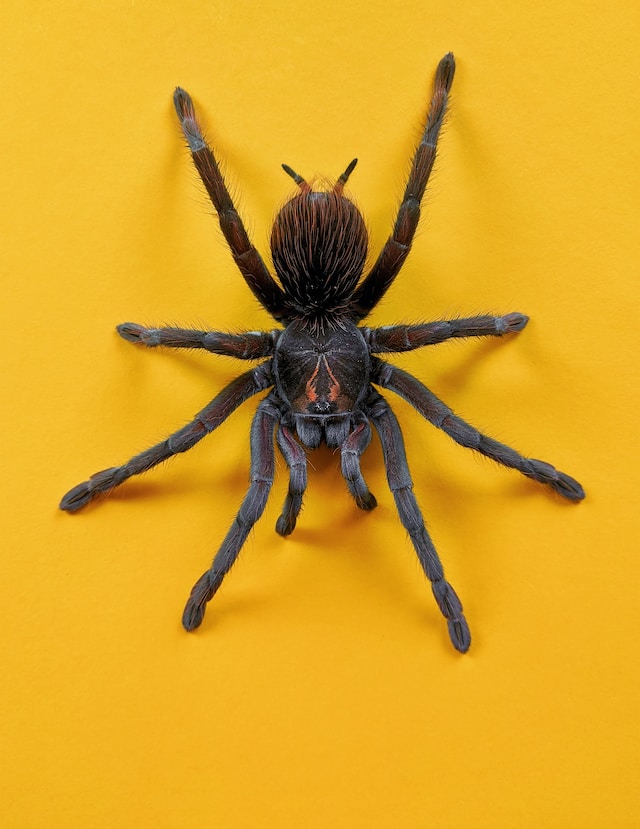- 19 May 2023
- 320
The Diet of Spiders

Spiders, the skilled predators of the arachnid world, have evolved a diverse array of hunting techniques and diets. With their ability to spin intricate webs and employ stealthy ambush strategies, spiders have mastered the art of capturing and consuming their prey. Join us as we explore the fascinating world of spider diets and their remarkable hunting methods.
Spiders are primarily carnivorous, feeding on a wide range of insects and other small arthropods. Their diet varies depending on their size, habitat, and hunting techniques. Here are some common prey items and hunting methods employed by these remarkable creatures:
- Insects: Spiders are expert insect hunters, preying on flies, mosquitoes, beetles, and various other flying and crawling insects. They use a combination of stealth, speed, and web-spinning skills to catch their prey. Spiders like the orb-weavers construct intricate webs, which act as traps, ensnaring unsuspecting insects. Once trapped, the spider immobilizes its prey with venomous bites and wraps it in silk for later consumption.
- Other Spiders: Cannibalism is not uncommon among spiders, especially in situations where resources are scarce. Larger or more aggressive spiders may feed on smaller or weaker individuals of their own species. Some spiders have also been observed stealing prey from the webs of other spiders or engaging in opportunistic feeding by scavenging on dead insects.
- Small Vertebrates: While spiders primarily feed on insects, some larger species have been known to consume small vertebrates, including frogs, lizards, and even small birds. These encounters are relatively rare and typically occur when a spider’s web is positioned in a location that attracts small vertebrates or when a spider actively pursues and captures its prey on the ground.
- Web-Invading Techniques: Certain spiders have evolved specialized techniques to infiltrate the webs of other spiders without being detected or triggering defensive responses. These “kleptoparasitic” spiders feed on the captured prey of other spiders, stealing their hard-earned meals. By mimicking the vibrations or movement patterns of trapped insects, kleptoparasitic spiders can get close to their prey undetected, saving valuable energy and effort.
- Ambush Predation: Some spiders, such as the infamous trapdoor spiders, employ an ambush strategy to catch their prey. These spiders build burrows with hinged or camouflaged doors and wait patiently for unsuspecting insects to venture close. When prey comes within range, the spider rapidly strikes, pulling the prey into its burrow for consumption.
The diet and hunting methods of spiders demonstrate their incredible adaptability and versatility as predators. Their ability to thrive in a variety of habitats and ecosystems is due in large part to their efficient hunting techniques and diverse food sources.
Understanding spider diets is not only fascinating but also highlights the crucial role these arachnids play in maintaining ecological balance. By controlling insect populations, spiders contribute to pest control, reducing the need for chemical interventions in agriculture and promoting overall ecosystem health.
So, the next time you marvel at the intricate web or spot a stealthy spider lurking in the shadows, remember the remarkable hunting skills and dietary preferences that shape their existence. These creatures, with their predatory prowess, embody the delicate balance of nature’s food chain.

